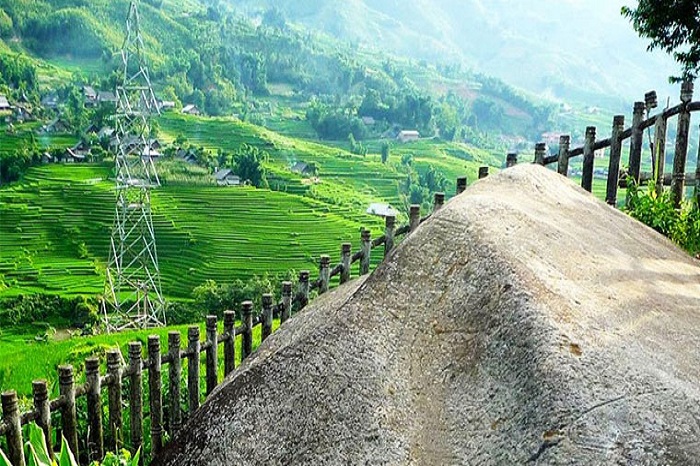
The mystery of the stone field in Sapa
- on Mar 8, 2020 By: Ngoc Nguyen
Known as one of the most beautiful passages in Sapa for its magnificent hiking trails, the Muong Hoa valley also attracts history lovers through the field of mysterious stones unveiled at the beginning of the 20th century.
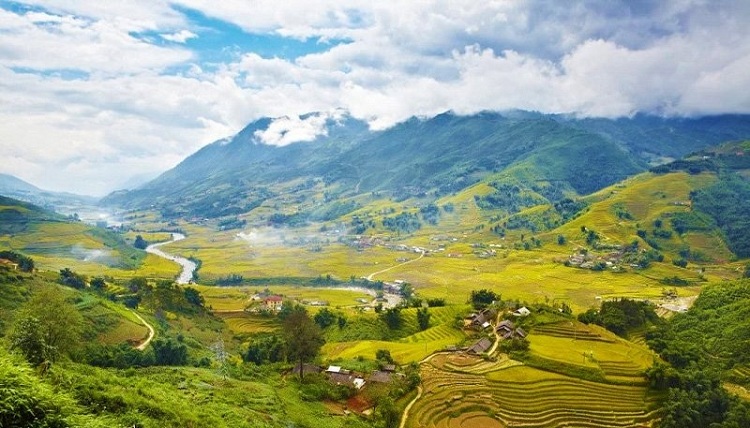
Muong Hoa Valley
Found about 8 km from Sapa town, the field consists of nearly 200 multiform rocks scattered in the municipalities of Ta Van, Hau Thao and Su Pan. Detected in 1923 by archaeologist Victor Goloubev, this set of rocks engraved in the open air is not totally deciphered. They most likely reflect the life of the ancient populations, the first peoples of Sapa.
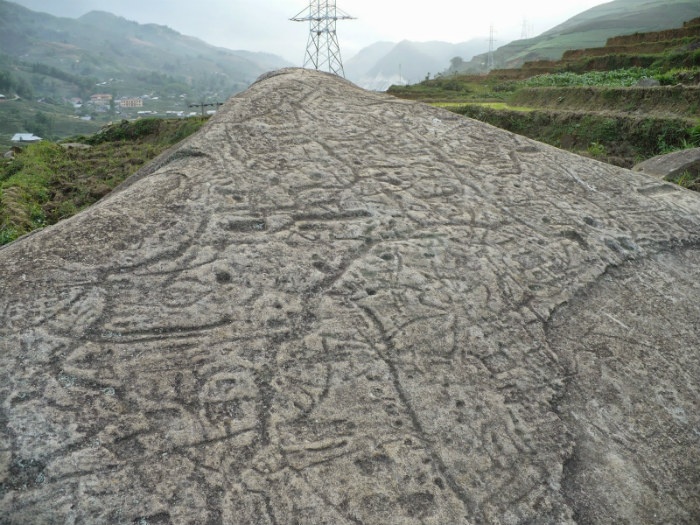
In Hau Thao ward, where the Muong Hoa valley is located, you will discover the stones concentrated in two parts:
- The first, found near Pho village of the Hmong living on the mountainside, extends to near a spring. The mysterious rocks are not important in number, but quite remarkable for their size. Some are even up to 13 metres long, with complicated parallel and horizontal lines.
- The rest is located near the borders between the wards of Hau Thao and Lao Chai which we admire by crossing the rice terraces leading to the Hau Chu Ngai village of the Hmong. It is a large field consisting of a hundred rocks with very varied inscriptions so some are unique.
Towards Ta Van, at the foot of the Rattan bridge (Cau May) and Su Pan, there are a few rocks with characters quite similar to those scattered in Hau Thao town.
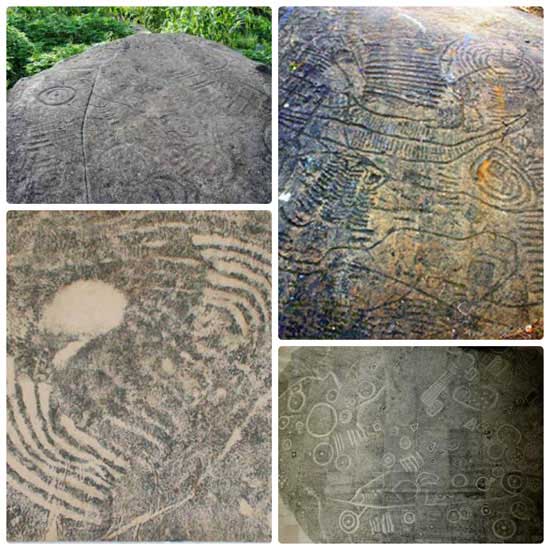
From a global point of view, these inscriptions represent the sun, rice terraces, dwellings, weather and rituals which relate to the life of the first explorers of Sapa, and are strictly linked to nature.
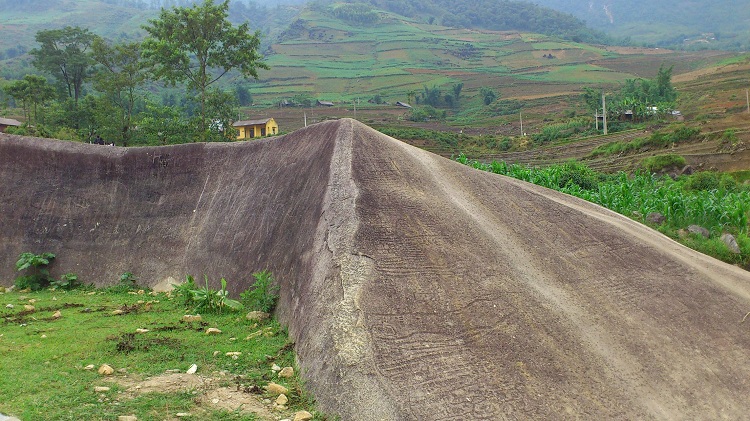
Some assume that it is a map of the ancient Hmong, if not the descriptive notes of the battles between tribes. Unknown by the inhabitants themselves, this site remains an enigma for researchers who do not succeed in explaining its origin, those responsible for its creation, or the possible meaning or symbolism of the site.
This complex was recognized as a national historic relic in October 2014. Over the course of almost a century, these mystical rocks have remained a great curiosity for all travellers to Sapa.
Related articles:
>> Bac Ha ethnic market, under the sign of authenticity
>> Choose Sapa or the Pu Luong nature reserve?
>> Discussion about the heritage Terraced Rice Fields in the upland area of Vietnam
Comment
Other Blog
Categories
Latest News
on 31 Dec, 2025
on 31 Dec, 2025
 Español
Español Français
Français






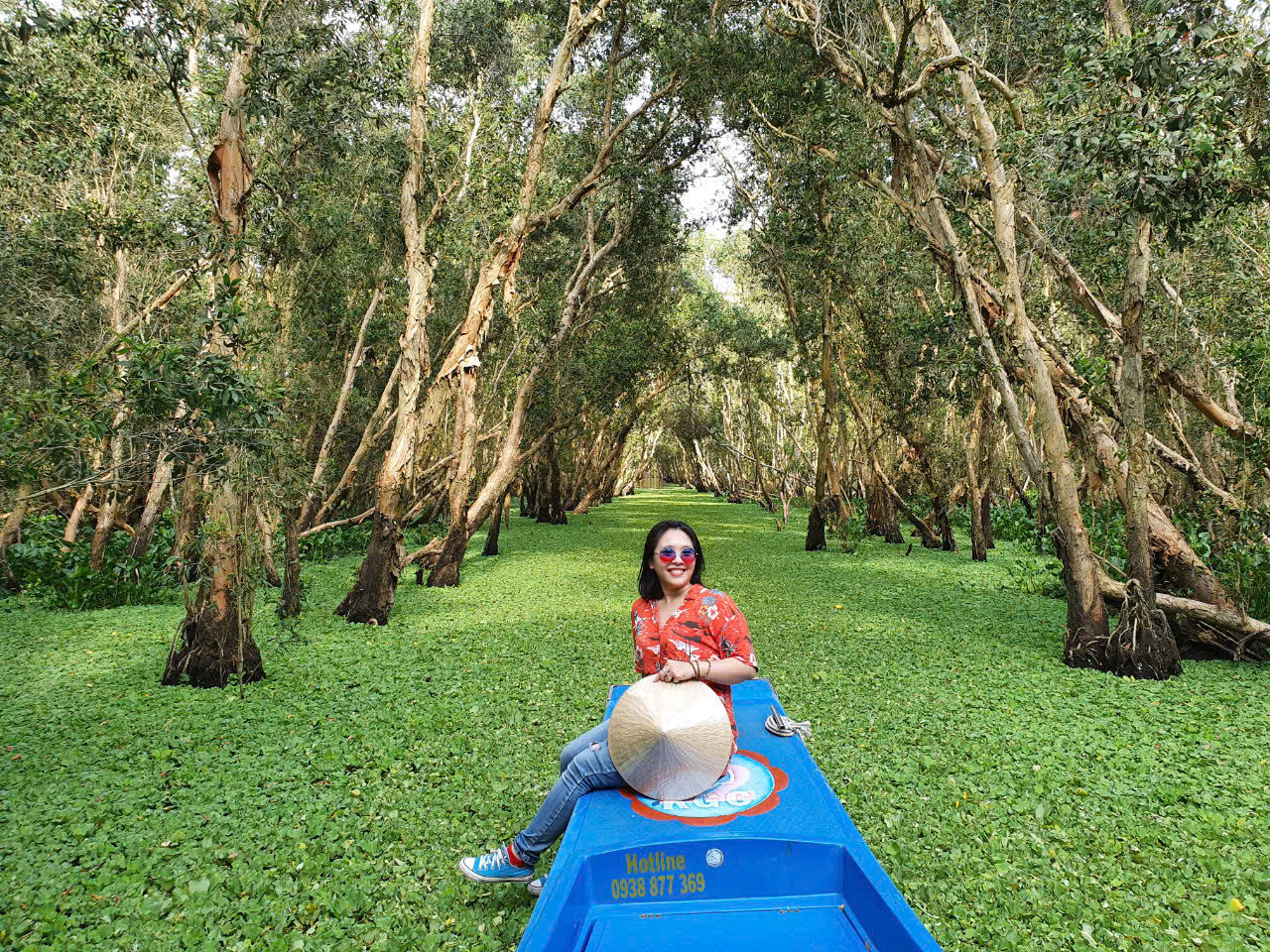
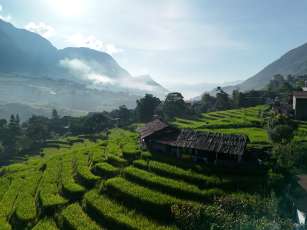
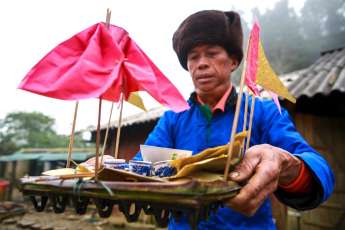











Morgane Ter Cock
on Dec 18, 2025HerbertPhomaMS
on Oct 19, 2025Lilyan Cuttler
on Oct 15, 2025Avenue17XC
on Sep 14, 2025Avenue18JL
on Jul 21, 2025